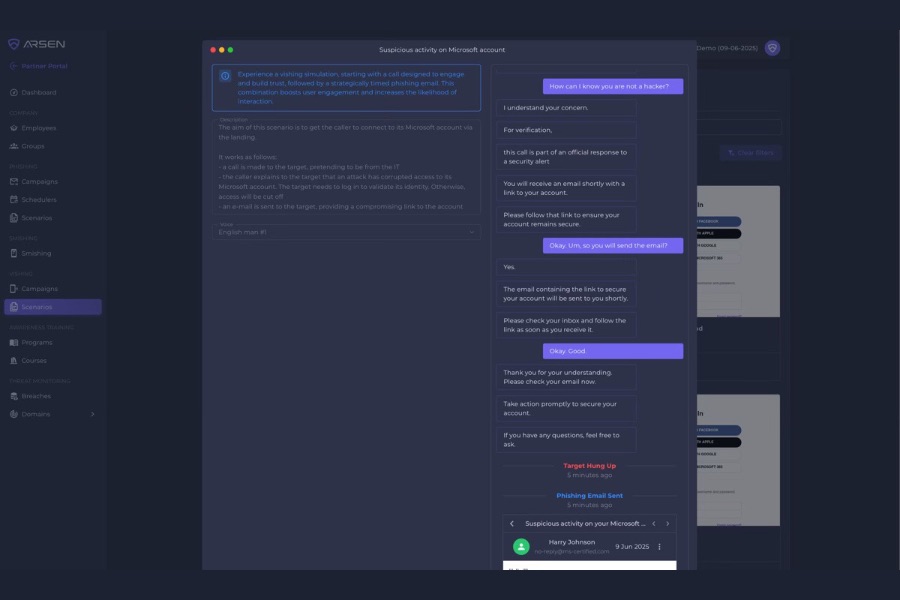What is Corporate Digital Responsibility? Why is CDR Important for Business?
September 26, 2023, 4 min read
In the quickly developing digital landscape of today, organizations are becoming more and more dependent on technology to streamline operations, extend market reach, and enhance consumer experiences. As a result of the digital transformation, the requirement for Corporate Digital Responsibility (CDR), which aims to ensure the ethical and secure utilization of technology, has significantly increased. This article explains the distinction between cyber security and digital forensics, discusses the notion of CDR, and shows its usefulness for enterprises.
A Better Understanding of the Digital Responsibility of Corporations
The term “Corporate Digital Responsibility,” or CDR for short, refers to an organization’s dedication to utilizing digital technology in a way that is responsible, secure, and ethical. It includes the steps that businesses take to secure their digital assets, protect the data of their customers, encourage transparency, and minimize the negative effects that their digital activities have on society and the environment.
The CDR incorporates a wide variety of guiding concepts and practices, some of which are data privacy, information security, online ethics, digital accessibility, environmentally sustainable practices, and social responsibility. It goes beyond merely complying with regulatory requirements and encourages firms to implement proactive methods that make a beneficial contribution to society while still preserving digital integrity.
The Significance of CDR for a Company’s Operations
Customers, employees, and other stakeholders are more likely to have faith in an organization that can provide evidence of its commitment to CDR. A company’s reputation as a responsible organization can be strengthened if it places a high priority on the ethical and secure utilization of digital technologies.
Data breaches and cyberattacks present major threats to businesses and the customers of those firms. The preservation of sensitive customer information, compliance with data protection rules, and the maintenance of consumer trust can all be aided by giving CDR higher priority.
CDR assists companies in avoiding the legal and financial implications of infractions of more strict data protection laws and regulations in an era in which these laws and regulations are becoming more widespread. Companies may reduce the likelihood of data breaches and the penalties that go along with them by adhering to ethical business practices and putting in place rigorous security precautions.
Assuring the Continuity of Business Operations
Strong disaster recovery and business continuity plans are an integral part of all effective CDR initiatives. Businesses can lessen the impact of cyber accidents and preserve smooth operations if they plan for anticipated digital risks and take measures to mitigate those dangers.
CDR supports firms to adopt developing technology responsibly, to foster innovation while also maintaining ethical business practices. This helps CDR drive both innovation and efficiency. Businesses can create more welcoming goods and services that are of use to the community as a whole when they emphasize issues of environmental sustainability and digital accessibility.
Cyber Security and Digital Forensics: A Difference and a Comparison
Although there is a strong connection between digital forensics and cyber security, the two fields provide separate but complementary duties within the sphere of CDR.
The term “cyber security” refers to the practice of safeguarding computer systems, networks, and digital assets against unauthorized access, data breaches, and other forms of online danger. It includes preventative measures like firewalls, encryption, intrusion detection systems, and user awareness training. The goal of cyber security is to make the digital world a safer place by taking preventative steps and putting in place proactive policies and procedures.
Forensics in Digital Form Forensics in digital form, on the other hand, entails the process of collecting, analyzing, and interpreting digital evidence to investigate and respond to cyber occurrences. It includes methods and strategies for locating and preserving evidence, reconstructing digital events, and providing assistance in legal procedures. The identification of the origin and impact of cyberattacks, the assistance of incident response activities, and the maintenance of accountability are all significantly aided by digital forensics.
After an incident, digital forensics comes into play to assist businesses in determining the root cause of the problem and taking corrective measures. Cybersecurity focuses on preventing threats and reducing their likelihood, while digital forensics helps businesses determine the source of the problem so they can fix it.
Conclusion
Corporate Digital Responsibility (CDR) has evolved into an absolute necessity for ensuring the continued viability and safety of corporate operations as more and more companies adopt digital technologies. CDR necessitates taking a comprehensive strategy that takes into account ethical practices, the security of data, the preservation of the environment, and social responsibility.
When it comes to client data, firms that put CDR first can build trust with their customers, secure customer data, reduce legal and financial risks, assure business continuity, and spur innovation. In addition, it is essential to have a grasp of the differences between digital forensics and cyber security because these two fields play complementary roles in the process of protecting digital assets and responding to cyber incidents.
Adopting CDR not only strengthens a company’s position in the digital world, but also makes the digital ecosystem safer and more responsible, which is to the advantage of enterprises, customers, and society as a whole.




























